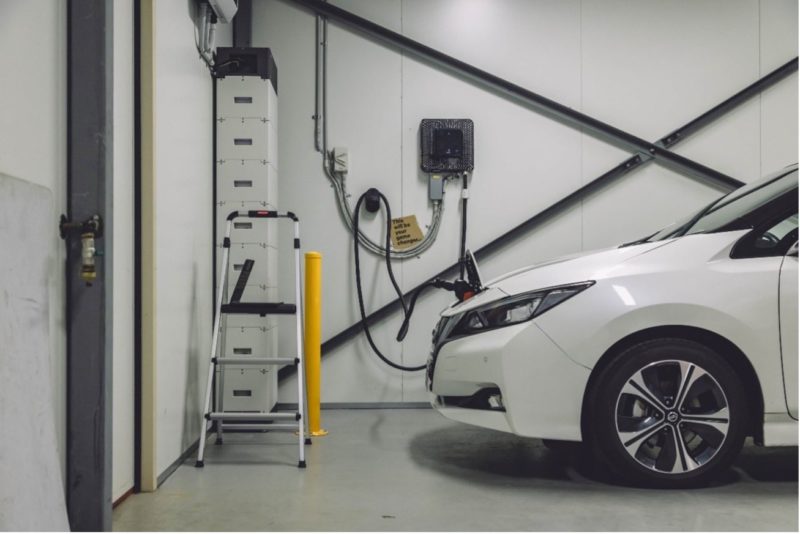Transport accounts for around 19% of Australia’s greenhouse emissions, with passenger cars alone contributing around half of that.
As such, while decarbonising the passenger car fleet will be a major step towards reducing our overall emissions, that amount of fossil fuel energy transferred to the electrical grid could create problems of its own if not handled well, given that electricity use already peaks at around 6 pm.
The added load from masses of EV drivers plugging in their vehicles at once would strain the grid – and complicate Australia’s transition to renewable energy.
A recent report from the Melbourne Energy Institute based at Melbourne University has looked into the potential benefits to the grid (as well as possible downsides) of the EV transition.
“The main issue is that electric vehicles could add significant electrical load to the grid at the wrong time,” says Professor Pierluigi Mancarella, chair of Electrical Power Systems at the Melbourne Energy Institute.
“And there may be parts of the grid, especially in the distribution networks – which is like the edge of the grid in a way – that may already be congested.”
However, intelligent management of electric vehicle charging can bridge gaps in the renewable energy supply. In fact, EVs could charge from solar during the day and feed electricity back to the home or the grid in the evening.
As such, Professor Mancarella says that electric vehicles can be hugely beneficial while we make our grid smarter and more sustainable.
The report broke the switch to electric vehicles into three parts – early uptake (next 5 years, up to 20% EVs), medium (next 10 – 15 years, 40% uptake) and high (20 + years, 60%+ EVs).

The key recommendations involved the initial period, which they suggest should then be supported and extended over the medium and longer term. A summary of the main initial period recommendations is given below:
- Reinforce the grid in areas that are close to their limit already (these mainly being in rural areas and affecting a handful of customers in each instance).
- Encouragement for all installed EV chargers to be smart chargers.
- Lay the regulatory groundwork for mandatory EV smart charging.
- Tariff reform to reward flexibility.
- Encourage smart meters with the installation of EV smart chargers. (This would also have the effect of potentially lower non–EV related peak demand/helping with EV integration).
- Encourage workplace and destination charging as much as possible to align EV charging better with solar PV output. This would also lower the charge length requirements for charging at home at the end of the day. This would also help to reduce overnight EV charging peaks in what are the traditional off-peak electricity tariff periods.
- Follow international standards to reduce costs and increase availability of charging options and, as much as possible, avoid State specific requirements. (This includes the medium-term adoption of OCPP1.6 charger control software for EV smart charging).
One interesting finding was the raising of the concern that if people avoid installing smart chargers by installing a 15A outlet and using a Mode 2 (portable) charger (which by definition cannot be ‘smart’) would it undermine the effort to roll out smart charging?
Their conclusion was that at 15A (around 3kW), the effect may not be significant compared to the effect that uncontrolled 32A/7.2 kW charging cold have.
In conclusion:
With the advent of EVs, there is an opportunity to take advantage of their battery storage potential for supporting the grid (both in the short term for soaking up excess energy production, as well as in the longer term for utilising that capacity for supporting the grid through V2G).
It is therefore good to see research filling in the gaps in knowledge and thinking in this area. Overall, a properly managed EV charging transition is just as important as a well-managed EV transition.

Bryce Gaton is an expert on electric vehicles and contributor for The Driven and Renew Economy. He has been working in the EV sector since 2008 and is currently working as EV electrical safety trainer/supervisor for the University of Melbourne. He also provides support for the EV Transition to business, government and the public through his EV Transition consultancy EVchoice.


